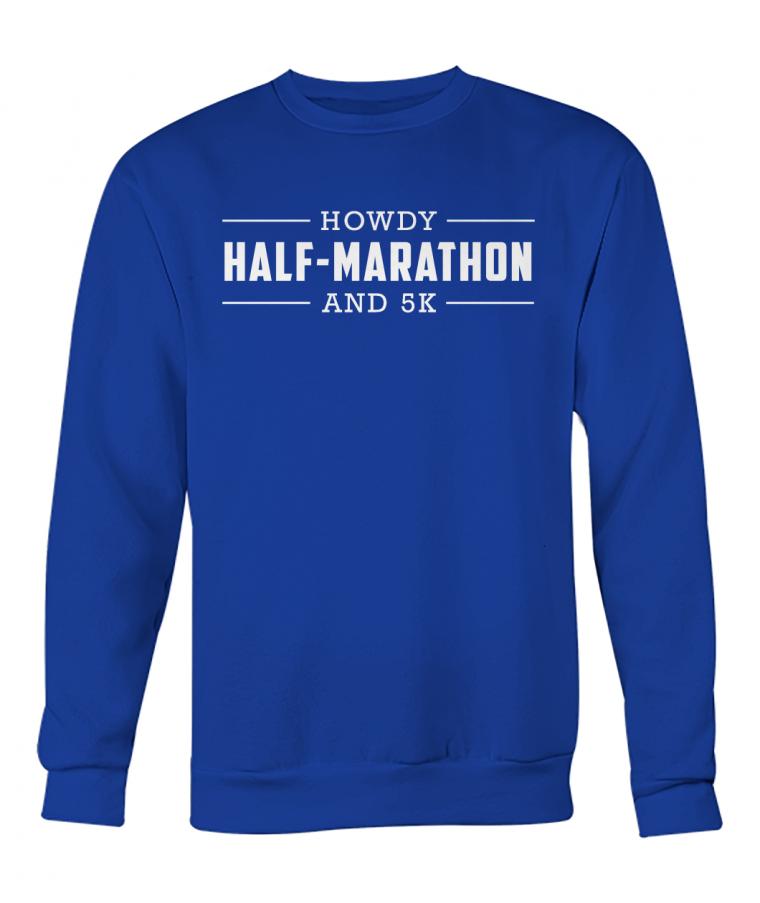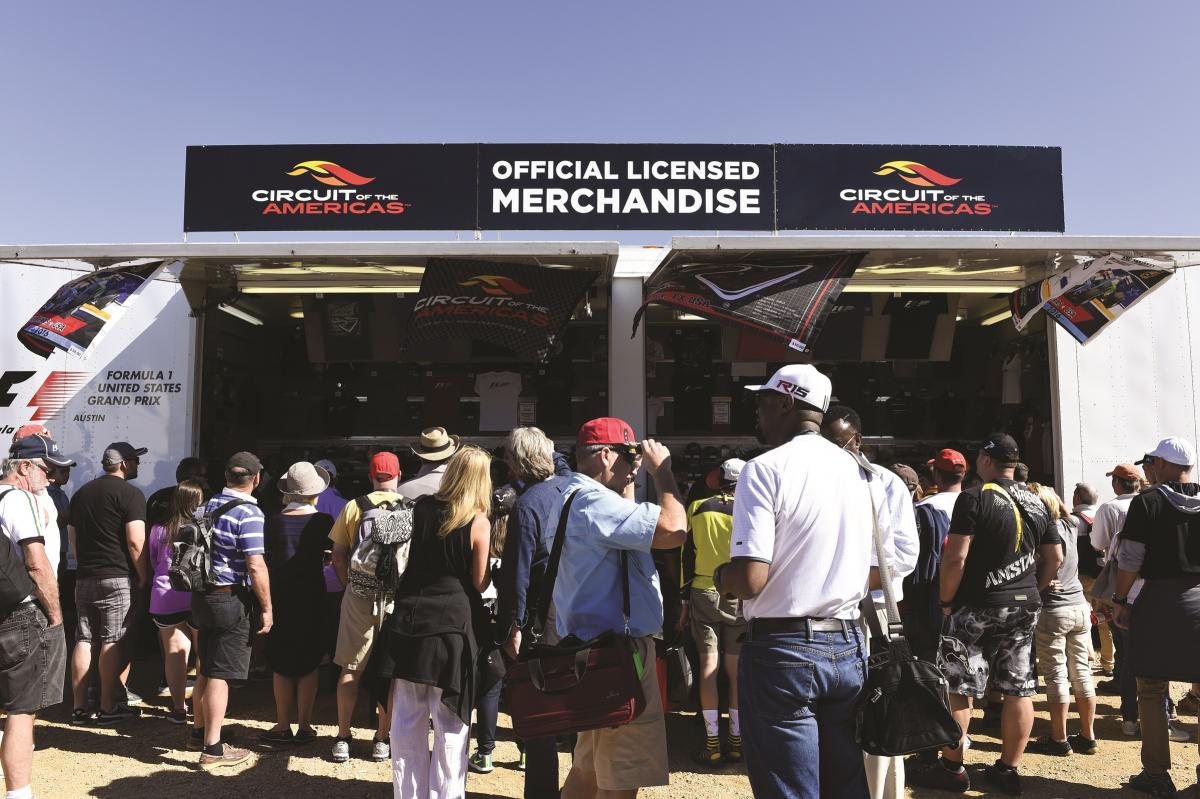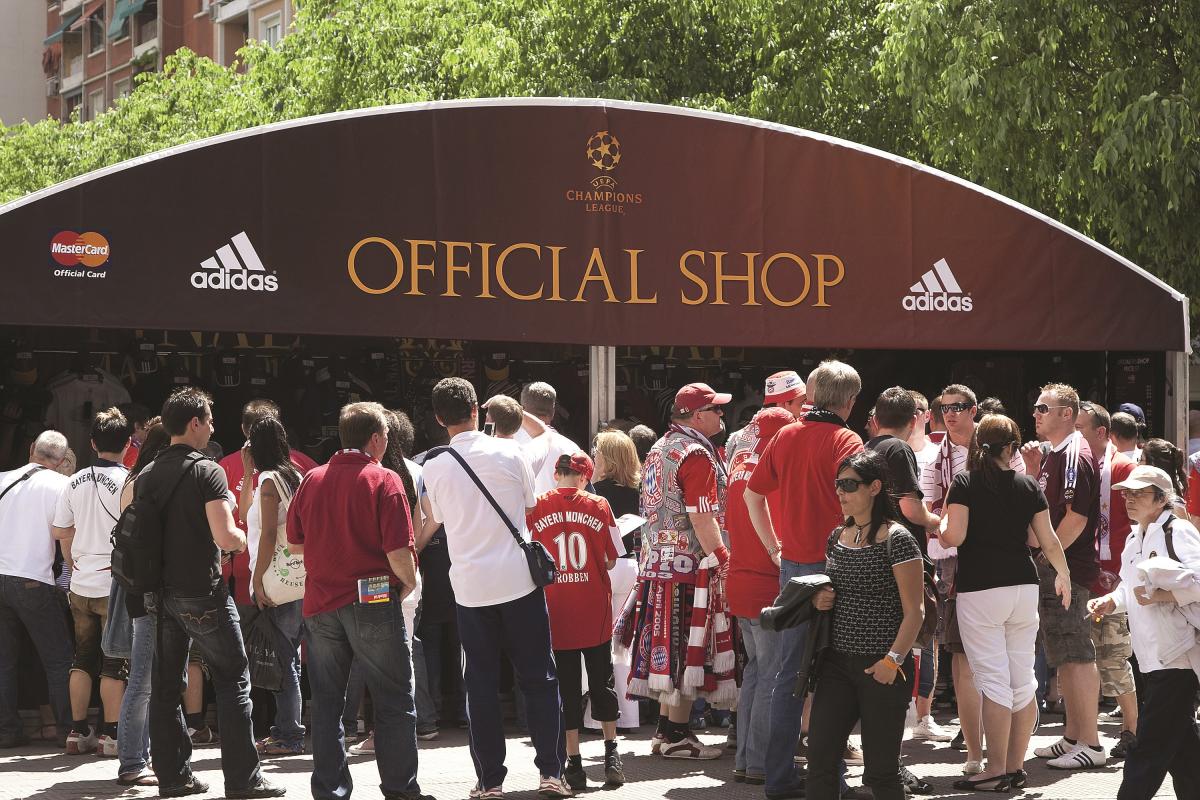

But like all things, there are trends in merchandise, and those will impact what is offered. What are some of the new trends that will take effect in the coming years, and how do those trends stand to change the way we develop and order merchandise? Sometimes, you have to ask the people who work in that industry, and who are affected by it.
“Athletic branded merchandise has remained an in-demand clothing segment as high fashion trends have come and gone on an annual basis,” states Thomas Bell, Viralstyle Co-Founder.
And, he notes, the trends affect not just the cut of clothing but the fabric being used, as well as the offerings available.
“Athletic merchandise is continuing to strengthen its market share by growing the amount of products offered in athletic dry-fit material. This material is light and breathable, thus making it more comfortable in comparison to standard cotton-based products. Athletic dry sport product lines are no longer just workout tee-shirts; brands have brought to market new products such as dry sport dress pants, casual shorts and even button-down shirts.”
Bell’s company recently entered into an online merchandise ordering partnership with ACTIVE, whose name many event owners know from the online registration and event management market. ACTIVE, notes Bell, is one of the companies capitalizing on the trend of offering a wider variety of products online, “such as the very popular yoga leggings and other sport-specific garments. Offering dry-sport products to ACTIVE’s athlete based community also offers the additional benefit of increased UV-Ray sun protection during outdoor activity.”
The fact that online registration of just about all sports events has led to online ordering of merchandise is not news; however, it has freed organizers from the work of going through registration materials and counting the number of orders for tee-shirts in various sizes, as well as orders for other merchandise.
 And it’s thinking outside the expected souvenir, insiders say, that can result in a much better bottom line.
And it’s thinking outside the expected souvenir, insiders say, that can result in a much better bottom line.
“The biggest mistake event owners make is not ordering more than just the common tee-shirt,” notes Sam Renouf, general manager of ACTIVE Sports. “Merchandising is an opportunity to get people engaged with the brand and to show they are proud of being involved.”
Although, for example, the standard tee-shirt will be worn after the event, Renouf notes, some organizers have begun offering items participants will wear during the event. He cites The Color Run as an excellent example, since it began offering name-branded items like tutus and socks. Such items, he notes, may have a one-time use, but participants love them and will be glad to post photos of themselves wearing them. That, in turn, can bring in registrants in future years – the “free advertising” every event organizer wants.
“The Color Run started releasing their own branded sunglasses, arm warmers, socks, tutus and everything else,” he says. “And those became really high-selling items. Organizers are missing out on the potential of the event if they don’t look at everything. When people can wear something they like, it shows they’re proud of participating in the event and they’re really engaged with the brand.”
In Renouf’s opinion, it’s not that the tee-shirt should be replaced; it’s just that the scope of offerings needs to be widened with more customized options. After all, there are many athletes who have more than enough shirts, but might be interested in some other piece of gear. Offering an online store of various products can help organizers please more people. And if some participants, for example, come to a marathon and see a participant wearing branded shorts or a jacket, they might be willing to go back to the online store and order those later. It’s all about creating a demand for the supply available. (And, let’s face it, there are always going to be plenty of impulse purchases – those never hurt the bottom line.)
An advantage of being able to order merchandise not just before but after the event means an enhanced revenue stream, Bell adds. Reactive marketing is just as effective as proactive marketing. It also means the organizer avoids the trap of having a pile of leftover merchandise that needs to be given away, donated or written off.
“A common mistake we’ve found amongst event organizers is the decision to invest in apparel inventory. Not all, but most event’s apparel can be fulfilled in a crowd-funded fashion. If organizers don’t need to stock apparel, they shouldn’t. It’s an expensive burden to carry. After all, event leaders aren’t organizing events to launch clothing companies. We suggest producing apparel once it’s been purchased by the consumer.”
That might be a paradigm shift for some event orangizers, but in many ways, it’s the wave of the future. As sports events grow in participation and as organizers increasingly outsource their work to the various vendors who can streamline the supply of services and products, it’s going to be a trend that is seen more and more. And as a side note, it doesn’t mean organizers have to stop working with their favorite vendors; it simply means those vendors have the opportunity to work directly with athletes and to offer a wider variety of merchandise that can result in better income from each event.

As proof of the viability of the market, Bell offers Morgan Stanley’s seven-year growth and five-year forecast about athletic wear. The study shows that sports apparel and footwear sales have jumped 42 percent to $270 billion over the past seven years. The industry could add $83 billion in sales by 2020, or more than 30 percent growth. The U.S. is the world’s biggest market for activewear, currently accounting for $97 billion, or 36 percent, of all sportswear sales. It’s certainly not surprising that sport event owners would want to get a piece of that pie.
Most sports events, Renouf says, “are about the experience. People like to have a memento, and a piece of clothing is a way to say “I ran the XYZ Race.”
But as the number of events proliferates, so do the number and types of participants. And that means the necessity to have merchandise not just in unisex clothing but clothing that is available in kids’ sizes, women’s cuts, big-and-tall/plus sizes, various colors and more. And of course, the non-sized items such as sunglasses, lanyards and so forth will continue to be in demand. Having a widely diverse number of registrants is a good thing, and it does, and should, create a need for more variety in apparel and other souvenirs.
But for many organizers, it has become an onerous task of designing and ordering merchandise and then trying to make sure enough sizes/colors are on hand throughout the day of the event. Online ordering, Renouf says, takes this task off the organizer’s plate, particularly if the vendor can drop-ship directly to the athlete within a short time of the order.
“Organizers are outsourcing the entire merchandise experience,” he notes.
And while it might seem a statement that contradicts this, outsourcing puts the organizers in the driver’s seat of events.
“If you have an e-commerce store and an event director can find the things they like, and the things they think participants will be interested in, they can work out the branding and the end result is they have three or four, or sometimes more, items at different price points,” says Renouf. “We really believe event directors will want to have more varied merchandise – something beyond the standard tee-shirt, something a bit more unique.”
Watching the trends and capitalizing on what people want, which is a process, rather than a one-time discovery, can lead to increased revenues and more satisfied participants, as well as to souvenirs with real staying power.


